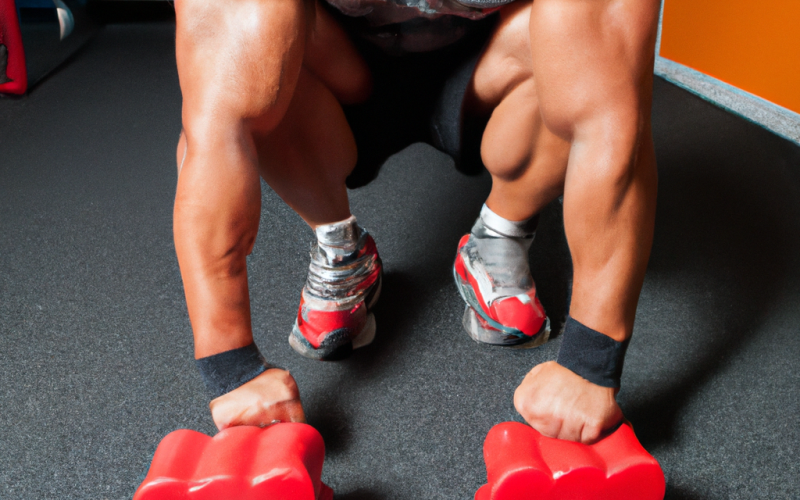The relationship between the gluteal muscles and the thigh region is a topic of interest for many fitness enthusiasts and individuals aiming to reshape their lower bodies. This article examines whether working on the glutes can influence the size of the thighs.
Anatomical Overview
Firstly, it’s crucial to understand the anatomy of the lower body to discern the connection between the glutes and thighs.
Gluteal Muscles
The glutes consist of three major muscles: gluteus maximus, gluteus medius, and gluteus minimus. They play pivotal roles in hip extension, abduction, and rotation. When trained, these muscles can grow in size and definition.
Thigh Muscles
The thighs, on the other hand, house the quadriceps (front of the thigh) and the hamstrings (back of the thigh). These muscle groups are responsible for knee extension and flexion. Their development can lead to an increase in thigh circumference.
Exercise Implications
The types of exercises you engage in can impact the growth of the gluteal and thigh muscles.
Targeted Glute Exercises
Exercises such as glute bridges, hip thrusts, and certain types of kickbacks specifically target the glutes without excessively activating the thigh muscles. When executed with proper form, these movements will predominantly affect the glutes.
Compound Movements
Movements like squats, deadlifts, and lunges engage multiple muscle groups. While they do target the glutes, they also heavily recruit the quadriceps and hamstrings. Consequently, regular engagement in these exercises without isolation movements might lead to a more substantial thigh development alongside glute growth.
The Role of Genetics
Individual genetics can influence how and where muscle growth occurs in the body.
Genetic Predisposition
Some people might naturally have a propensity to develop larger thigh muscles compared to their glutes and vice versa. Genetic factors determine muscle fiber type distribution and where the body tends to store fat.
Adaptability
Although genetics play a role, training and nutrition can influence muscle development. With targeted training, individuals can emphasize muscle growth in desired areas, albeit within their genetic limits.
Nutrition and Growth
Nutrition is a key component in muscle development and can influence the results of a training regimen.
Caloric Intake
For muscles to grow, a caloric surplus, where more calories are consumed than expended, is generally required. However, an excessive surplus might lead to fat gain, which can be distributed to various body parts, including the thighs, based on genetics.
Protein Consumption
Protein is vital for muscle repair and growth. Ensuring adequate protein intake can support the development of both gluteal and thigh muscles when combined with strength training.
While glute-focused exercises do not inherently make your thighs bigger, certain compound exercises that target the glutes can also engage the thigh muscles. It’s essential to consider exercise selection, genetics, and nutrition when aiming to develop the glutes while managing thigh size. A balanced approach, combining isolation with compound exercises and proper nutrition, can help achieve desired results.
